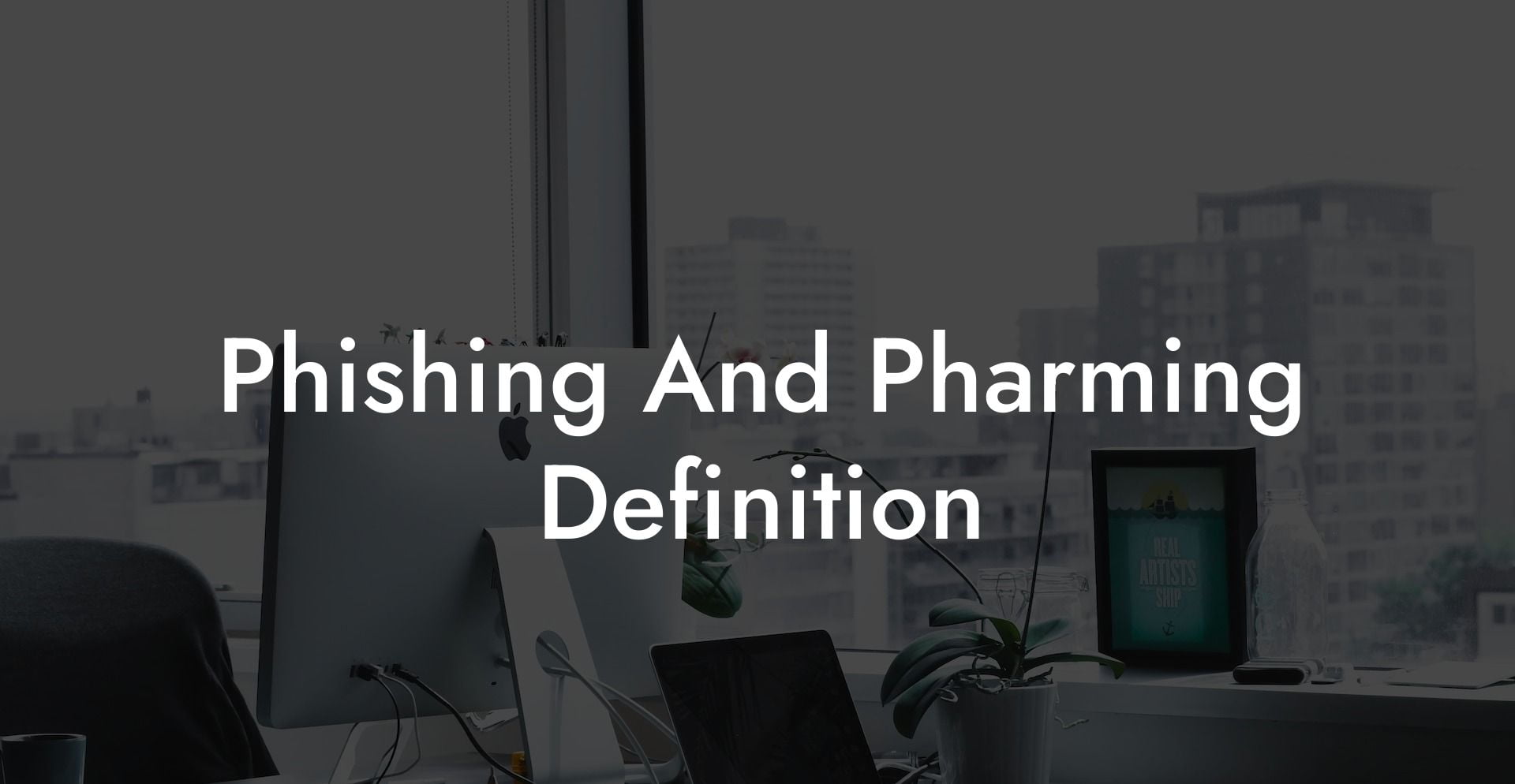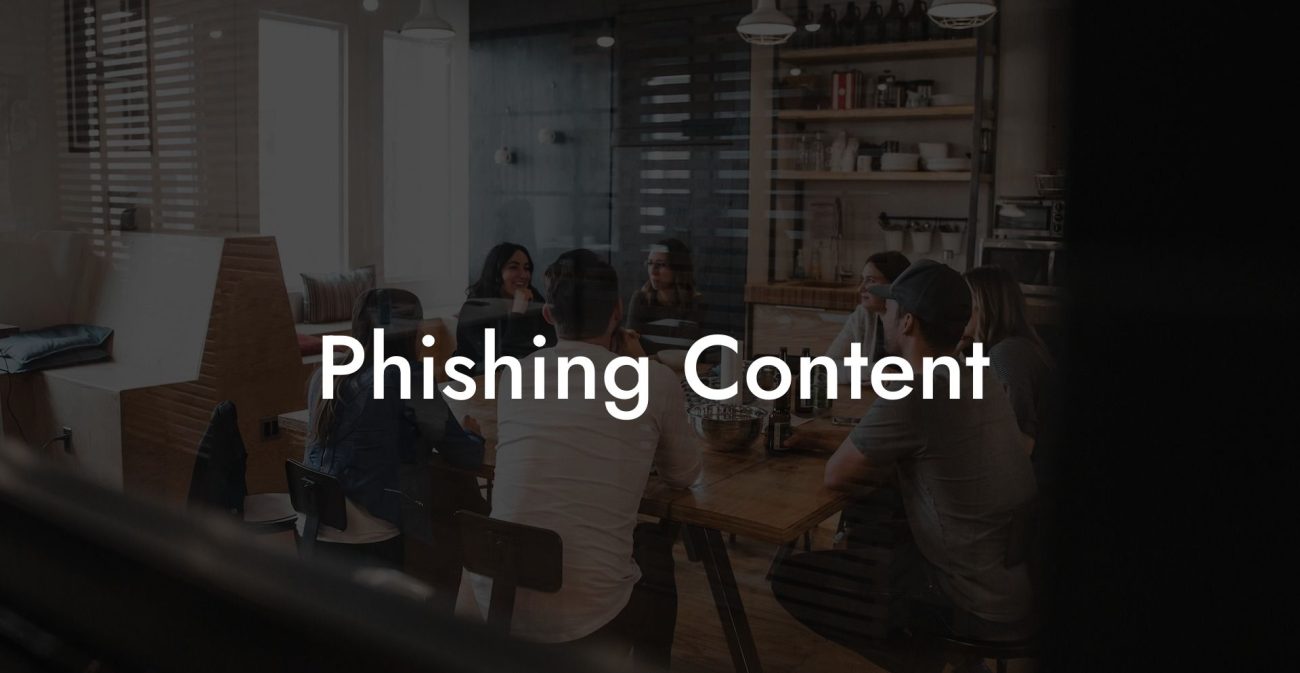In today's technologically fast-paced world, the risk of falling victim to digital scams and fraud is at an all-time high. With cyber criminals constantly evolving and adapting their tactics and techniques, it is essential for individuals and businesses alike to stay informed and vigilant. This guide will provide an in-depth look at phishing and pharming, two of the most prevalent forms of online fraud, and tips for staying secure in the digital landscape.
Phishing And Pharming Definition Table of Contents
What is Phishing?
Phishing is a cyber attack in which a cyber criminal crafts a fraudulent message (usually an email) and sends it to their target, urging them to reveal sensitive personal or financial information. The term "phishing" is derived from the word "fishing" because it involves baiting and waiting for someone to take the bait.
Protect Your Data Today With a Secure Password Manager. Our Top Password Managers:
A typical phishing email may appear to come from a reputable source, such as a bank or an e-commerce website, and will request that the recipient provide personal information, such as a username and password, or download a malicious attachment. However, these messages are cleverly designed hoaxes with the primary goal of stealing sensitive information and exploiting it for financial gain.
What is Pharming?
Pharming is a somewhat more technical form of cyber attack compared to phishing. This type of attack involves redirecting users from a legitimate website to a fake, malicious one without their knowledge. The word "pharming" is a combination of the words "phishing" and "farming," as this tactic essentially attempts to “harvest” sensitive user information from a larger pool.
Pharmers achieve this by exploiting vulnerabilities in the Domain Name System (DNS) or by infecting a user's computer with malware. Once the victim is unknowingly directed to the fraudulent website, they are prompted to enter their sensitive information, including usernames, passwords, and credit card details, which are then stolen by the attacker.
Real-Life Example of Phishing and Pharming
In 2016, a major US hospital system became the victim of a phishing attack that compromised the email accounts of employees, ultimately leading to unauthorized access to more than 125,000 patient records. As a result, the hospital was forced to pay a significant fine and undergo extensive corrective action.
On the pharming front, an incident in 2007 involved a widespread attack on multiple financial institution websites worldwide. The attackers targeted a weakness in domain registrar systems that allowed them to redirect users to fraudulent sites. These sites collected sensitive user data, including login credentials and financial information, which was then exploited for financial gain or used for additional attacks.
Tips for Protecting Yourself and Your Business
1. Education and awareness: Stay informed about the latest security threats and educate your employees or family members about the dangers of phishing and pharming attacks.
2. Security software: Investing in reliable antivirus software and keeping it up-to-date is crucial in detecting and preventing malware infections that lead to pharming attacks.
3. Check URLs carefully: Before inputting sensitive information, double-check the URL in your browser's address bar to ensure you are on the correct website.
4. Beware of suspicious emails: Treat all unsolicited emails, especially those requesting sensitive information, with caution. Be particularly cautious of emails containing links or attachments, and verify their authenticity before downloading.
5. Implement two-factor authentication (2FA): Employing 2FA adds an extra layer of security to your online accounts, ensuring that even if your username and password are compromised, a cybercriminal cannot gain access without additional verification.
In conclusion, understanding phishing and pharming attacks, along with taking proactive steps to secure your digital presence, helps significantly reduce the risk of falling victim to these digital fraud tactics. While there is no foolproof protection against cybercrime, staying informed and vigilant is essential in today's digital world. Share this post with your network to spread awareness and don't forget to explore our other guides on Voice Phishing for more insight into the constantly evolving world of online fraud.
Protect Your Data Today With a Secure Password Manager. Our Top Password Managers:















